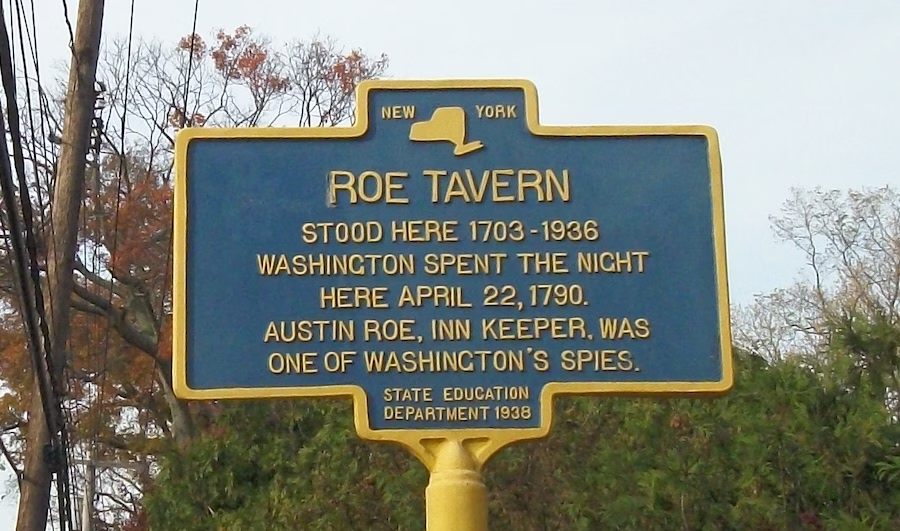Long Island’s transformation from farmland and sprawling estates into a haven for outdoor recreation is largely the work of Robert Moses and the Long Island State Park Commission (LISPC). From the creation of iconic state parks like Jones Beach to the development of the Long Island parkway system, the efforts of Moses and his contemporaries revolutionized public access to green spaces and beaches, forever changing the region’s landscape.
The Birth of New York State Parks
- Statewide Vision: The New York State Park System began with a groundbreaking 1922 plan that recognized recreation as a key purpose for public land.
- First State Council: Robert Moses was pivotal as the first chairman of the State Council of Parks, securing parks as a long-term priority in state budgets.
- Trailblazers: Governor Alfred E. Smith and political adviser Belle Moskowitz played critical roles in championing and implementing park development.
A Plan for the People
The 1922 plan was revolutionary, connecting parks to population centers via landscaped parkways, embracing the rise of the automobile. As Moses put it, “The state park commission is through working on inadequate park projects and will only devote its time and money on parkways and parks of large acreage.”
The Creation of the Long Island State Park Commission
- Established in 1924: LISPC was tasked with developing and managing parks and parkways on Long Island, with Moses as its head until 1953.
- Early Parks: At its founding, Long Island had only one state park, the 200-acre Fire Island State Park. By 1929, the commission expanded the system to 14 parks covering 9,700 acres.
- Notable Parks: Among the parks constructed and formerly operated by LISPC are Bethpage State Park, Jones Beach State Park, Sunken Meadow State Park, Montauk Point State Park, Robert Moses State Park, Belmont Lake State Park, Valley Stream State Park, and others.
Robert Moses’s Vision
Moses saw Long Island as an ideal location for large, accessible parks. His bold plan included acquiring vast tracts of land, often through controversial methods like eminent domain. When facing resistance from wealthy estate owners, Moses declared, “As long as you’re on the side of the parks, you’re on the side of the angels; you can’t lose.”
Jones Beach: The Crown Jewel
- An Iconic Destination: Opened in 1930, Jones Beach transformed a desolate sandbar into a grand seaside resort. Moses designed it to avoid the “honky-tonk” atmosphere of traditional boardwalks, creating vast beaches, elaborate bathhouses, and recreational spaces.
- Lavish Design: Bathhouses costing $1 million each featured ornate mosaics, expensive bricks, and eclectic architectural styles.
- Overwhelming Success: Despite local opposition, Jones Beach became a major attraction, drawing millions of visitors each year.
Moses famously described his vision for Jones Beach as “an elaborate seaside Xanadu for the masses,” emphasizing his commitment to providing high-quality recreation spaces for all New Yorkers.
The Long Island Parkways
- Connecting Parks: The LISPC oversaw the construction of Long Island’s extensive parkway system, including the Northern State Parkway, Southern State Parkway, Sagtikos State Parkway, Bethpage State Parkway, and Sunken Meadow State Parkway. These scenic corridors provided vital links to the parks and transformed travel across the region.
- Land Battles: Moses’s plans often clashed with wealthy estate owners and local residents. Despite legal challenges, his projects proceeded, cementing Long Island’s reputation as a recreational hub.
- Innovative Design: The parkways’ landscaping and design influenced future roadway construction nationwide.
When asked about the opposition to his projects, Moses stated bluntly, “Once you sink that first stake, they’ll never make you pull it up.”
Legacy and Evolution
- Parkland Expansion: Under Moses, park acreage on Long Island grew from 875 to nearly 12,000 acres in five years.
- Jurisdiction Changes: By 1980, the LISPC was dissolved as a standalone agency. Its parks came under the jurisdiction of the New York State Office of Parks, Recreation, and Historic Preservation, while its parkways were managed by the New York State Department of Transportation.
- Current Governance: Today, the Long Island region is one of eleven Regional Park Commissions under the New York State Office of Parks, Recreation, and Historic Preservation.
Despite the administrative changes, the parks remain a vital part of Long Island’s identity and continue to serve millions of visitors annually.
Long Island Parks Today
- Enduring Popularity: Parks like Jones Beach and Sunken Meadow continue to attract millions of visitors annually.
- Educational Programs: Initiatives like “Tiny Tots” introduce young Long Islanders to environmental stewardship, ensuring a legacy of conservation.
- Balancing Act: Modern park managers strive to balance recreation with habitat restoration, learning from both the successes and shortcomings of Moses’s vision.
The Long Island State Park Commission, under Robert Moses’s leadership, left an indelible mark on the region. While his methods and impact remain controversial, Moses’s contributions laid the foundation for Long Island’s park system, which continues to provide recreation and inspiration for generations.
Photo: Bjoertvedt, CC BY-SA 3.0, via Wikimedia Commons




